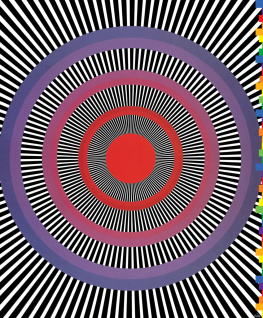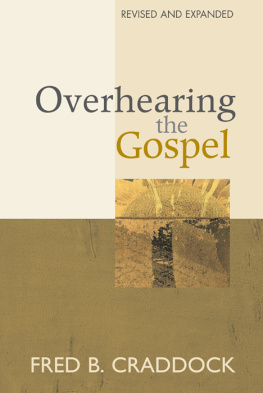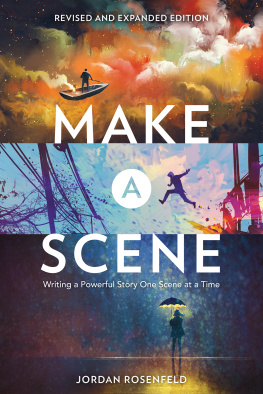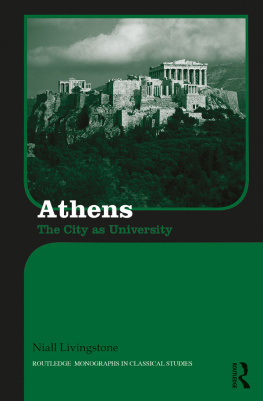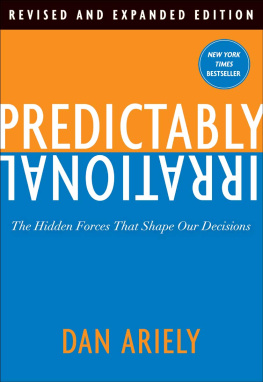Margaret Livingstone - Vision and Art: The Biology of Seeing - Revised and Expanded Edition
Here you can read online Margaret Livingstone - Vision and Art: The Biology of Seeing - Revised and Expanded Edition full text of the book (entire story) in english for free. Download pdf and epub, get meaning, cover and reviews about this ebook. year: 2022, publisher: Abrams, genre: Art. Description of the work, (preface) as well as reviews are available. Best literature library LitArk.com created for fans of good reading and offers a wide selection of genres:
Romance novel
Science fiction
Adventure
Detective
Science
History
Home and family
Prose
Art
Politics
Computer
Non-fiction
Religion
Business
Children
Humor
Choose a favorite category and find really read worthwhile books. Enjoy immersion in the world of imagination, feel the emotions of the characters or learn something new for yourself, make an fascinating discovery.
- Book:Vision and Art: The Biology of Seeing - Revised and Expanded Edition
- Author:
- Publisher:Abrams
- Genre:
- Year:2022
- Rating:3 / 5
- Favourites:Add to favourites
- Your mark:
- 60
- 1
- 2
- 3
- 4
- 5
Vision and Art: The Biology of Seeing - Revised and Expanded Edition: summary, description and annotation
We offer to read an annotation, description, summary or preface (depends on what the author of the book "Vision and Art: The Biology of Seeing - Revised and Expanded Edition" wrote himself). If you haven't found the necessary information about the book — write in the comments, we will try to find it.
Vision and Art: The Biology of Seeing - Revised and Expanded Edition — read online for free the complete book (whole text) full work
Below is the text of the book, divided by pages. System saving the place of the last page read, allows you to conveniently read the book "Vision and Art: The Biology of Seeing - Revised and Expanded Edition" online for free, without having to search again every time where you left off. Put a bookmark, and you can go to the page where you finished reading at any time.
Font size:
Interval:
Bookmark:
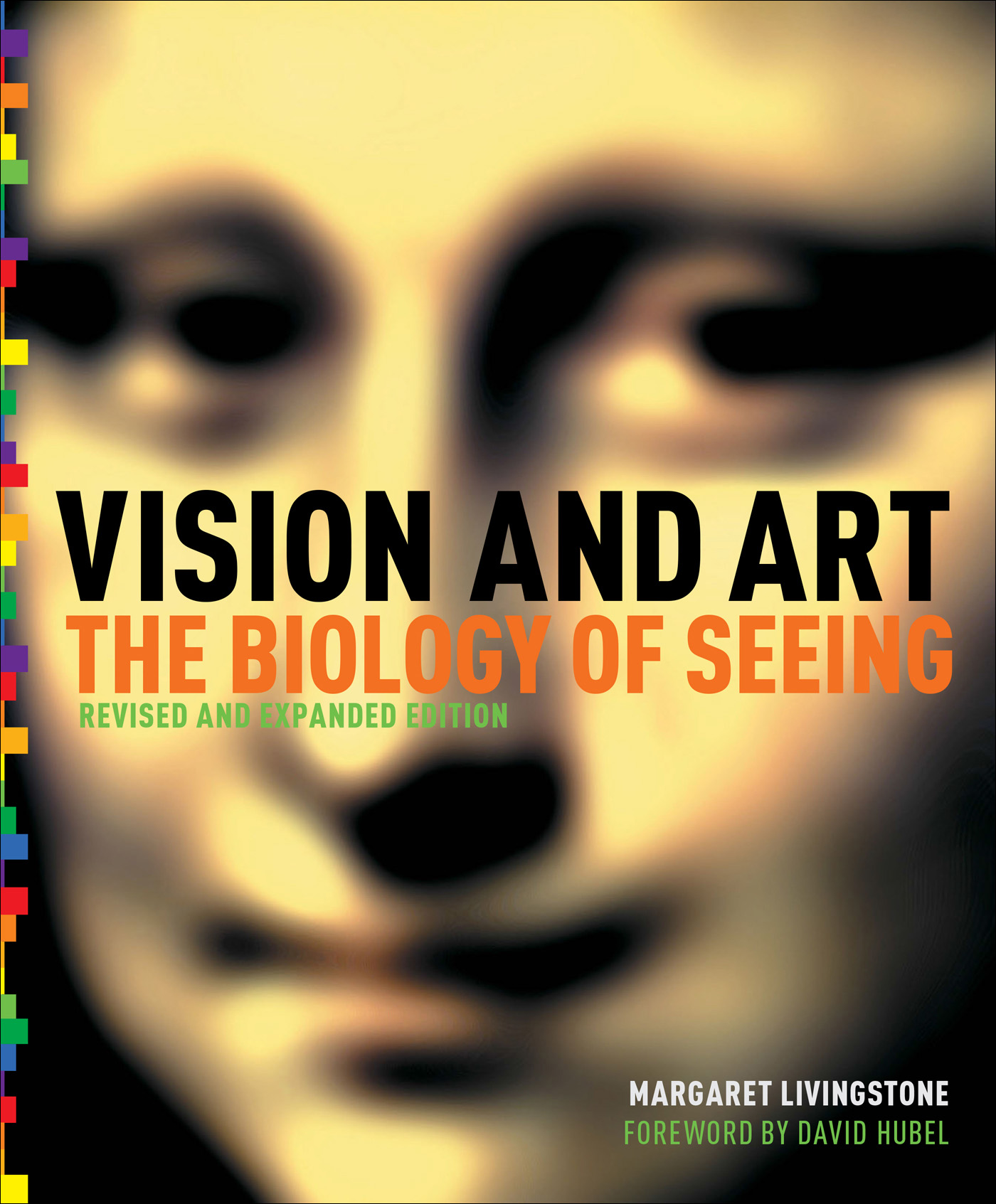
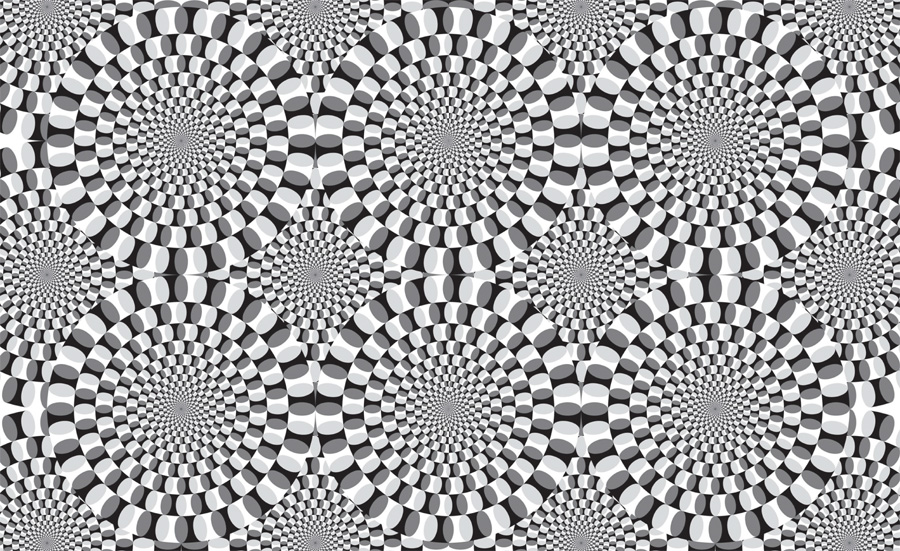

Project Manager: Eric Himmel
Editor: Sharon AvRutick, Andrea Danese (revised and expanded edition)
Designer: Helene Silverman, Darilyn Lowe Carnes (revised and expanded edition)
Photo Research and Permissions: Laurie Platt Winfrey; Peter Tomlinson; Carousel Research, Inc.; Kat Kopit and Anna Oseran (revised and expanded edition)
Production Manager: True Sims (revised and expanded edition)
The Library of Congress has cataloged the 2002 edition of this book as follows:
Livingstone, Margaret.
Vision and art : the biology of seeing / by Margaret Livingstone.
p. cm.
Includes bibliographical references and index.
ISBN 978-0-8109-0406-3
eISBN 978-1-64700-865-9
1. Visual perception. 2. Color vision. 3. PaintingPsychology. I. Title.
N7430.5 .L54 2002
750.18dc21
2001046508
ISBN for the 2014 edition: 978-1-4197-0692-9
Copyright 2014 Margaret Livingstone
Published in 2014 by Abrams, an imprint of ABRAMS. All rights reserved. No portion of this book may be reproduced, stored in a retrieval system, or transmitted in any form or by any means, mechanical, electronic, photocopying, recording, or otherwise, without written permission from the publisher.
Abrams books are available at special discounts when purchased in quantity for premiums and promotions as well as fundraising or educational use. Special editions can also be created to specification. For details, contact specialsales@abramsbooks.com or the address below.

ABRAMS The Art of Books
195 Broadway, New York, NY 10007
abramsbooks.com
TO MY BOYS,
David, Dwight, and Kevin
BY DAVID HUBEL

Margaret Livingstone and I have been colleagues for more than thirty-five years. We collaborated, like a team of horses pulling a sled, for the first fifteen years, and since about 1990 we have worked independently in adjacent laboratories, sharing graduate students and postdoctoral fellows, and carrying on a continuous dialogue about our science. Given Marges long-standing interest in art and its relation to visual neurobiology, it has been natural for her to ask whether what we have learned about visual science in the last few decades can lead to a deeper understanding of the visual arts. Her work in vision has covered all the main aspects of visual neurobiology, including movement, depth perception, color, and form.
Over the last fifty years our knowledge of how the brain interprets the information it receives from the eyes has made huge strides, largely because for the first time we have had the tools to ask the appropriate questions. Among these tools are the micro-electrode, which allows us to listen in on the activity of single cells in the brain; electronic apparatus that lets us amplify and record these signals; and new techniques in neuroanatomy, which make it possible to know how the cells are interconnected. We now know, in broad outline if not in full detail, how the brain begins to deal with the basic components of vision. Our appreciation of the visual arts can only be deepened by such knowledge. In the future, visual neurobiology will enhance art in much the same way as knowledge of bones and muscles has for centuries enhanced the ability of artists to portray the human body.
This relationship between art and present-day science would be just a vague and unrealistic dream if visual neurobiology were a subject so abstract and highly evolved as to be out of reach for someone not thoroughly trained in science and mathematics. Luckily our science is not abstruse, in the way that relativity or quantum mechanics is. I have never had the least doubt that given two hours I could make anyone with a good high school education fully aware of the main accomplishments of the last half-century of visual science. I once gave a private lecture in neurobiology to Franoise Gilot (of Picasso fame), and from her questions it was clear that she fully grasped everything I was saying, including concepts such as receptive fields and complex cells. The possibility of communicating our science to our friends and neighbors is exhilarating, and in many ways I feel sorry for my friends in physics, whose lives must be relatively lonely.
Given how easy it is to convey these ideas, it seems unfortunate that people in general and artists in particular should be so insulated from them. This is largely our fault for not taking more time to communicate, and perhaps for assuming that the ideas will not be comprehensible to those outside our field. Here are two examples of things most people dont know: In an article having to do with weaving I once read that a yellow warp plus a blue weft gives a green clotheven though since Newtons time, in the 1600s, we have known that what you get is white or gray. And most people seem to regard a charcoal drawing or a black-and-white movie as something artificial and out of the reach of our normal experience, whereas our vision in dim light is black-and-white, and consequently color-blindness is part of everydayor everynightexperience.
This is not to say that we now have a sufficiently deep or incisive understanding of visual science to explain why a Vermeer is superior to an everyday newspaper cartoon. Our knowledge of visual science is rudimentary; it goes as far as three or four stages of visual cortex, whereas we know that there are at least several dozen further stages in the occipital lobes alone, none of which are yet explored. We know about some of the early building blocks of vision, much more than we did fifty years ago, but we still have no idea of what happens in the brain when we recognize a hat, a safety pin, or a boat, or when we look at a painting that has intense emotional content. But we are beginning to understand some elementary things fairly well: why yellow plus blue light makes white, why equiluminant colors shimmer, why a black object remains black whether seen in dim light or on the beach.
The book you are about to read answers some of these questions. It also makes the point that art depends ultimately on our brains and that by understanding what goes on in our brains when we look at a work of art we can hope to deepen our appreciation of both the art and the science. That the two are so separated is an artificial product of the way our knowledge is subdivided in academic circles. One of the purposes of this book is to overcome the separation, and no one is more capable of starting the process than Margaret Livingstone.
DAVID HUBEL, 2002
I am a visual neurophysiologist. By measuring activity in nerve cells in the visual system, I try to understand how we see. But I readily admit that artists have been exploring how we see a lot longer than we scientists have. A work of art is, among other things, an experiment. The artist may not know how his finished work will affect the viewer, or even himself, until he is done. Some works of art are important because they reveal important things about how we see, things so fundamental that we can understand them in terms of the underlying neurobiology.
Font size:
Interval:
Bookmark:
Similar books «Vision and Art: The Biology of Seeing - Revised and Expanded Edition»
Look at similar books to Vision and Art: The Biology of Seeing - Revised and Expanded Edition. We have selected literature similar in name and meaning in the hope of providing readers with more options to find new, interesting, not yet read works.
Discussion, reviews of the book Vision and Art: The Biology of Seeing - Revised and Expanded Edition and just readers' own opinions. Leave your comments, write what you think about the work, its meaning or the main characters. Specify what exactly you liked and what you didn't like, and why you think so.

